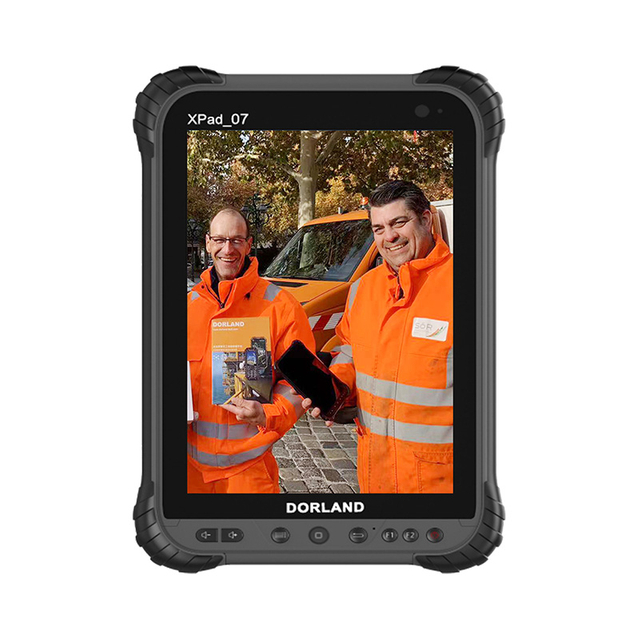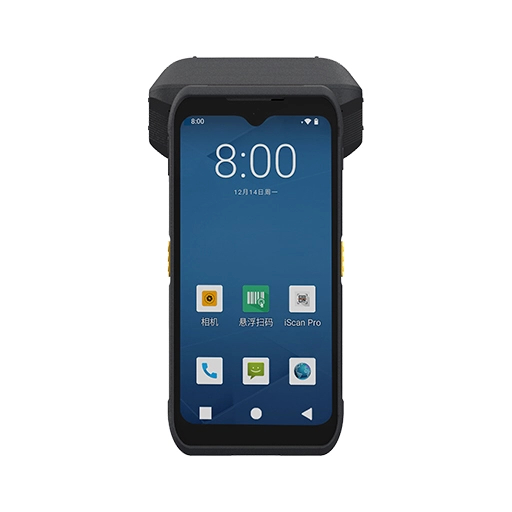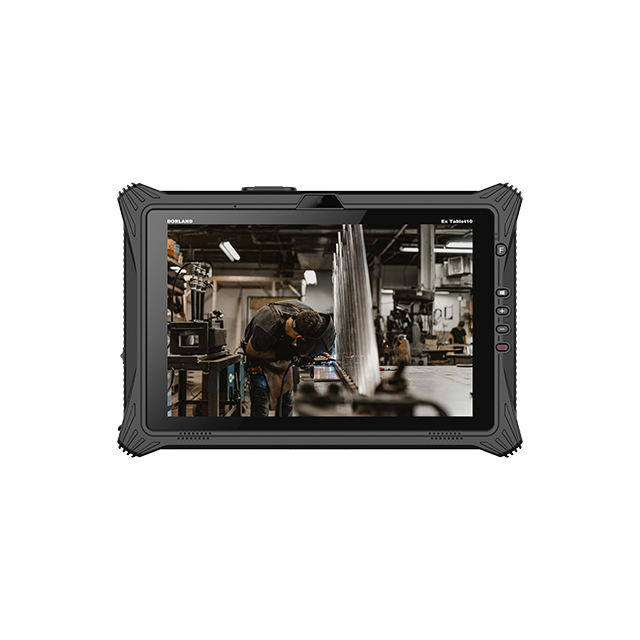Barcode Scanning Applications
Barcode scanning technology is integral to various industries, including retail, healthcare, and logistics. In retail, barcode scanners streamline the checkout process, improve inventory tracking, and enhance customer service. Healthcare facilities use barcode scanning to manage patient records, administer medications accurately, and ensure the correct identification of samples and equipment. In logistics, barcode scanning optimizes warehouse operations, tracks shipments, and reduces errors in order fulfillment, leading to increased efficiency and accuracy.
How to Scan RFID Using a Mobile Phone
Scanning RFID (Radio Frequency Identification) tags with a mobile phone requires a device equipped with an RFID reader or an NFC (Near Field Communication) feature. First, ensure your mobile device has the necessary RFID or NFC capability. Activate the RFID/NFC function in your phone settings and open an RFID scanning application. Hold your phone near the RFID tag to capture the data. The app will read the information stored on the tag, allowing you to interact with it, such as retrieving product details or accessing secured areas.
Differences Between RFID and RF Scanners
RFID and RF (Radio Frequency) scanners serve distinct purposes. RFID scanners use electromagnetic fields to automatically identify and track tags attached to objects. They can read multiple tags simultaneously without direct line-of-sight, making them ideal for inventory management and tracking high volumes of items. RF scanners, on the other hand, typically refer to handheld devices used for communication over radio frequencies. They require a direct line-of-sight to capture data, making them more suitable for scanning barcodes or individual items in a controlled environment.











